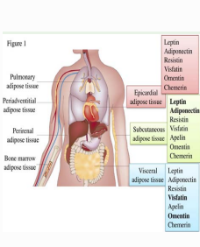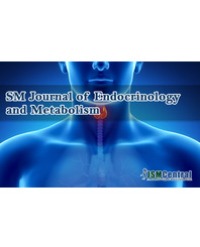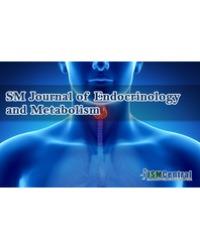Introduction: Vitamin D Deficiency (VDD) in health care workers is thought to be widely prevalent due to poor sunlight exposure due to the nature of their work. However, there is limited information of the vitamin D status in them. Hence this study was undertaken to assess vitamin D status in health care workers based on their nature of work and employment in the hospital.
Material and Methods: The study was carried in 229 healthy health care workers in a tertiary care hospital. These subjects, who were divided in six groups as per their employability: Group-1 (Medical Officers- 37), Group-2 (Nursing Officers-44), Group-3 (O.T. staff-36), Group-4 (Nursing assistant Acute ward- 38), Group-5 (Nursing assistants Non-acute wards-37) and Group-6 (Ambulance assistants-37). They underwent clinical, biochemical and hormonal evaluation for serum 25 (OH) D, iPTH, BsALP and osteocalcin levels.
Results: There were 229 health workers with a mean age of 35.5 ± 7.5 years (range 19-52 years). A total of 45 subjects (19.6%) had VDD [25(OH) D ng/ml], and 151 (65.9%) were vitamin D insufficient [25(0Hp 20-<30 ng/ml] and rest were Vitamin D Sufficient (VDI) [25(OH) D 230 ng/ml]. Nurses and operation theatre; Staff had higher prevalence of VDD and VDI than ambulance assistants. Serum 25(OH) D levels were negatively; Correlated with PTH (r -0.156, p <0.0001), BsALP (r -0.131, p < 0.001) and osteocalcin levels (r -0.129, p S' 0.001). Prevalence of secondary hyperparathyroidism increased from 30.46% to 58.35% from VDD.
Conclusion: Vitamin D insufficiency is universal in health care workers. Absence of a PTH, BsALP and osteocalcin response was observed in more than 40% of individuals with VDD, the cause of which merits further evaluation.




